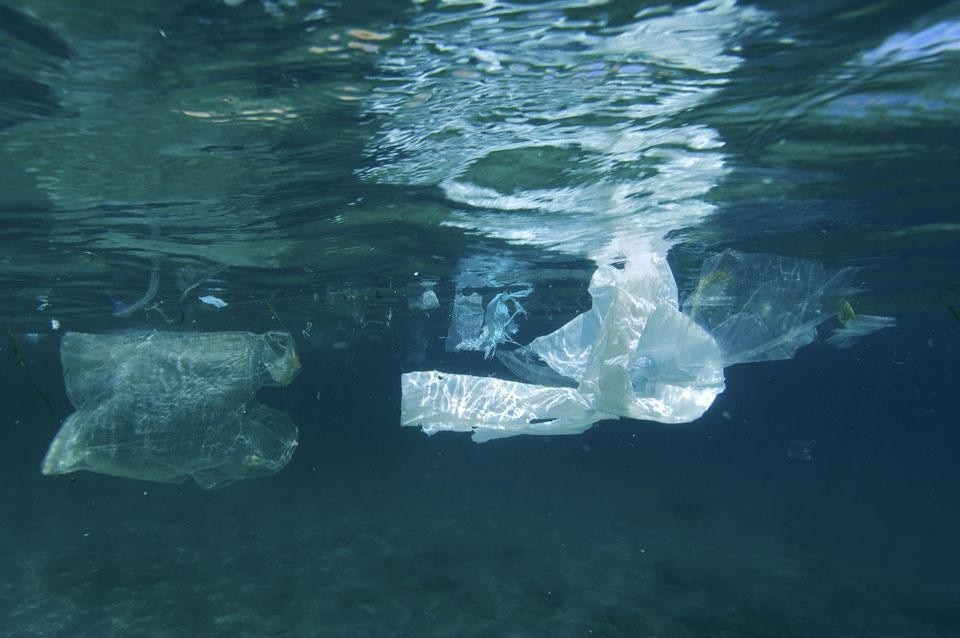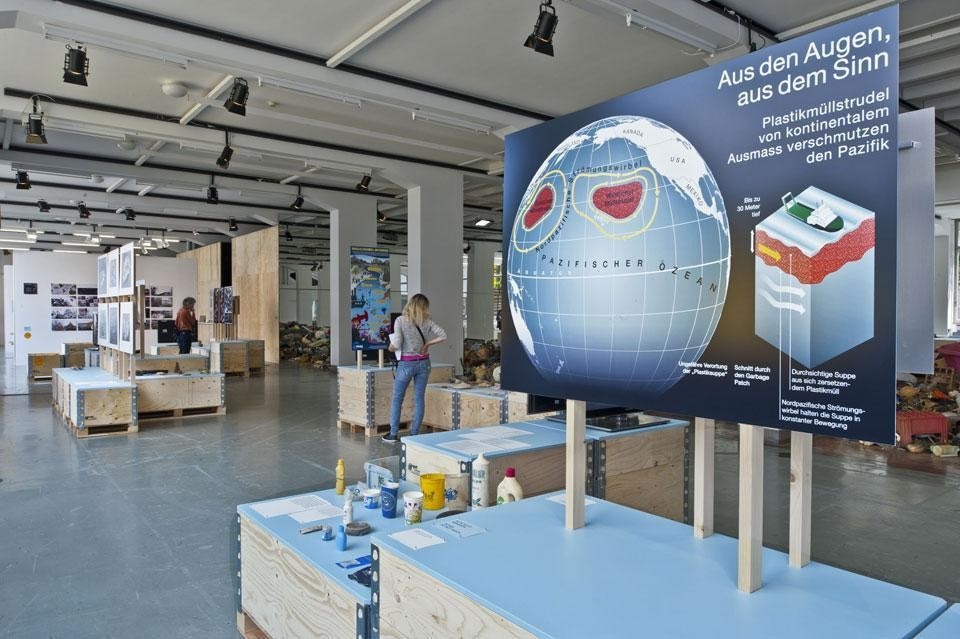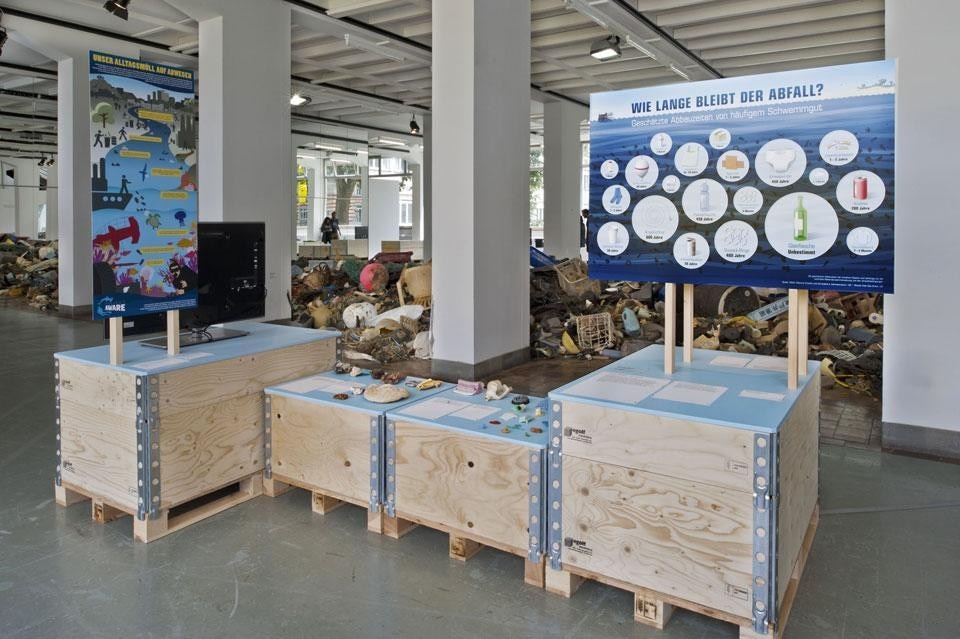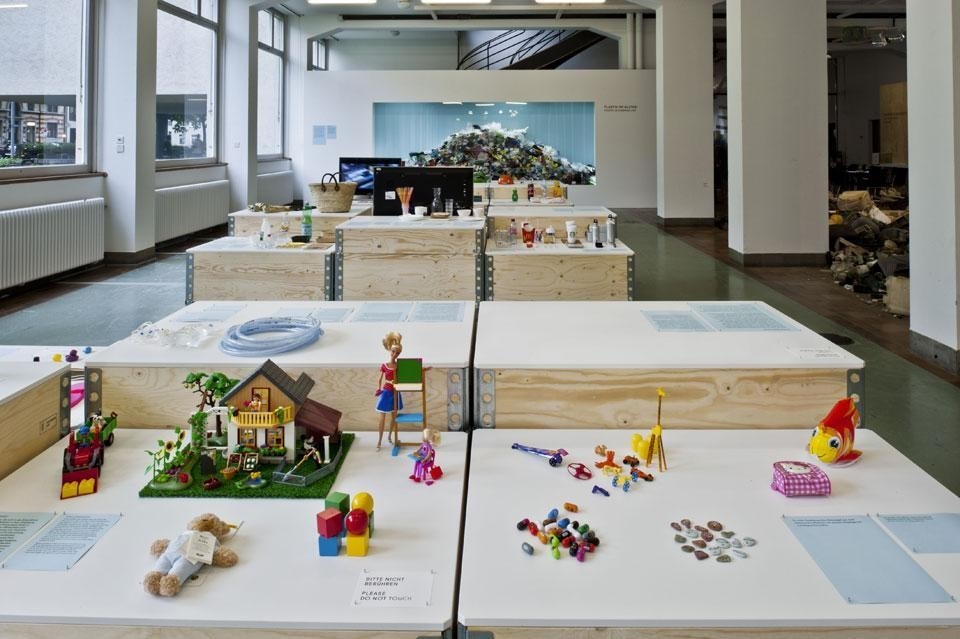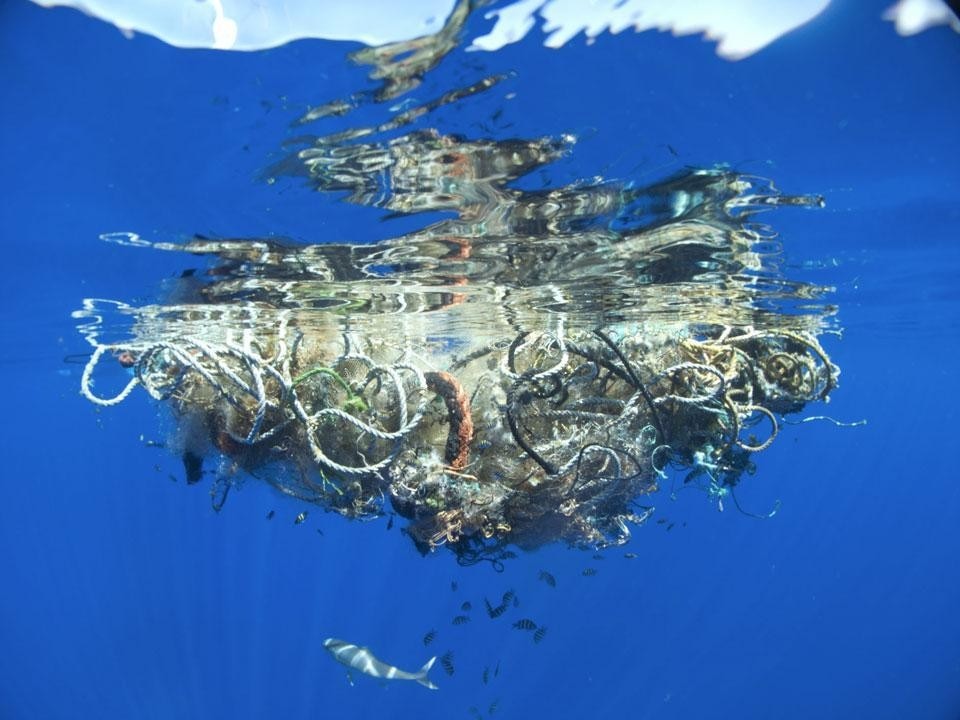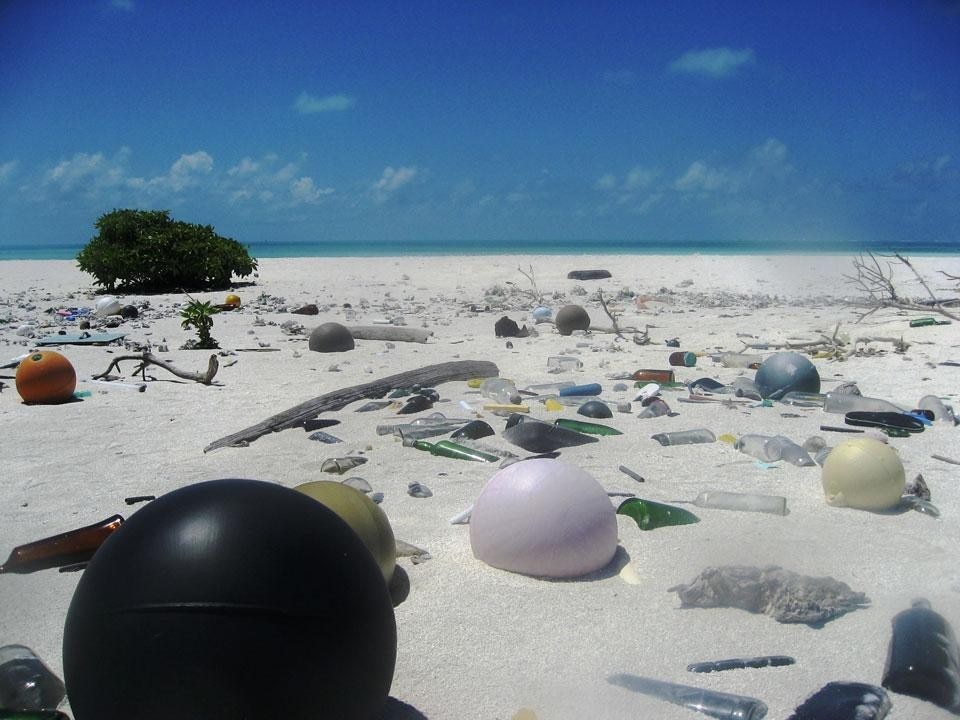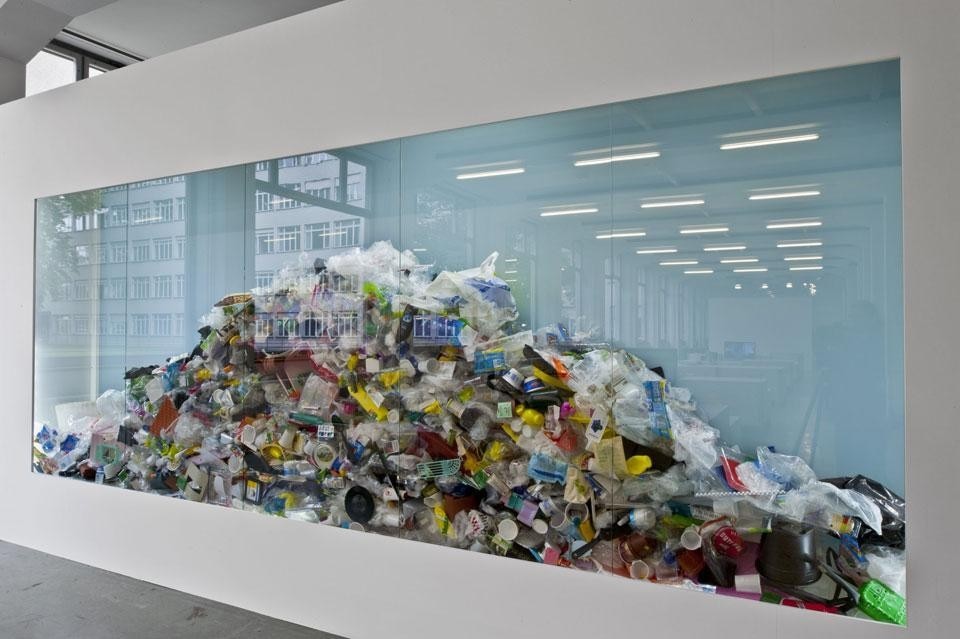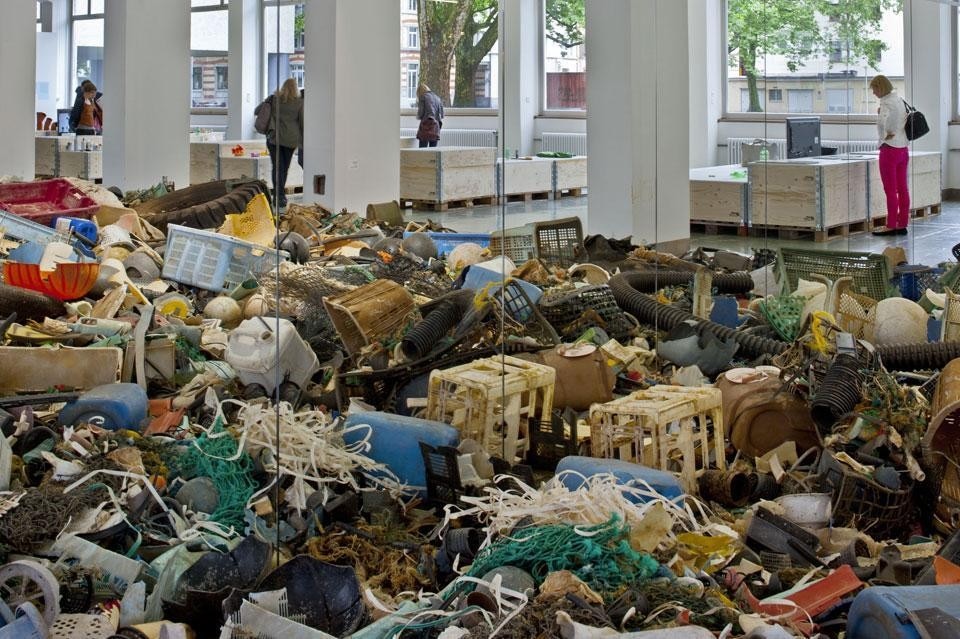Having understood this and analysed all the potential consequences for mankind and the environment, towards the end of the final section of the exhibition I began to be filled with a vague sense of guilt. I don't think this stemmed from the huge mass of debris installed in the centre of the museum, in front of a mirrored wall to magnify its spectacular impact. Nor do I think it is the result of the moral blackmail typical of many environmental exhibitions, including this one. I am against the over-dramatisation of dead seabirds that have mistaken plastic caps for molluscs, or the showing of x-rays and video material of documentary-makers fishing pieces of plastic out of a carcass's stomach with tweezers. All the more so, given that this particular exhibition is free and open to the "mass public", with workshops teaching children how to make things with plastic bottles.
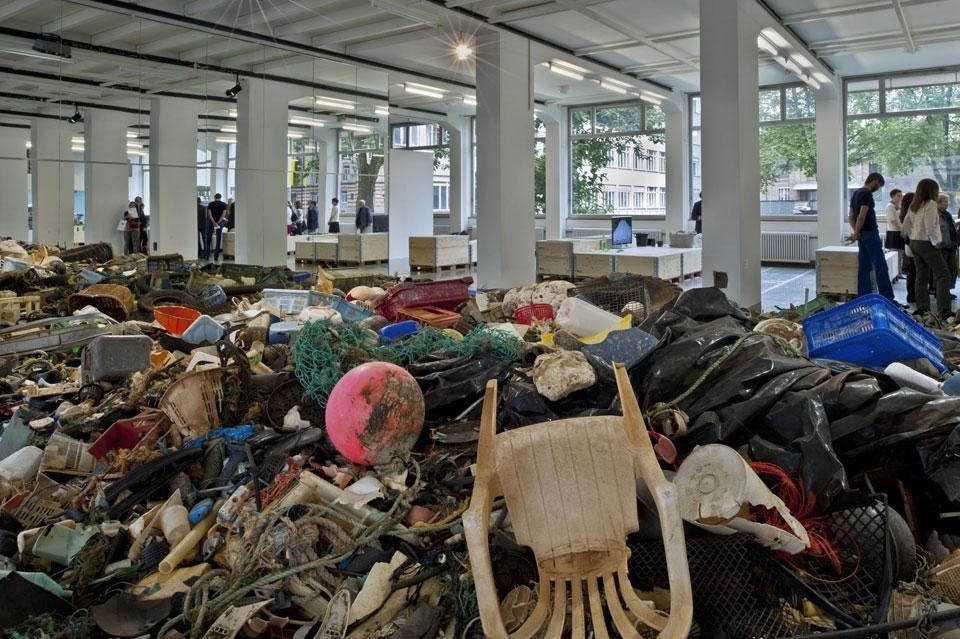
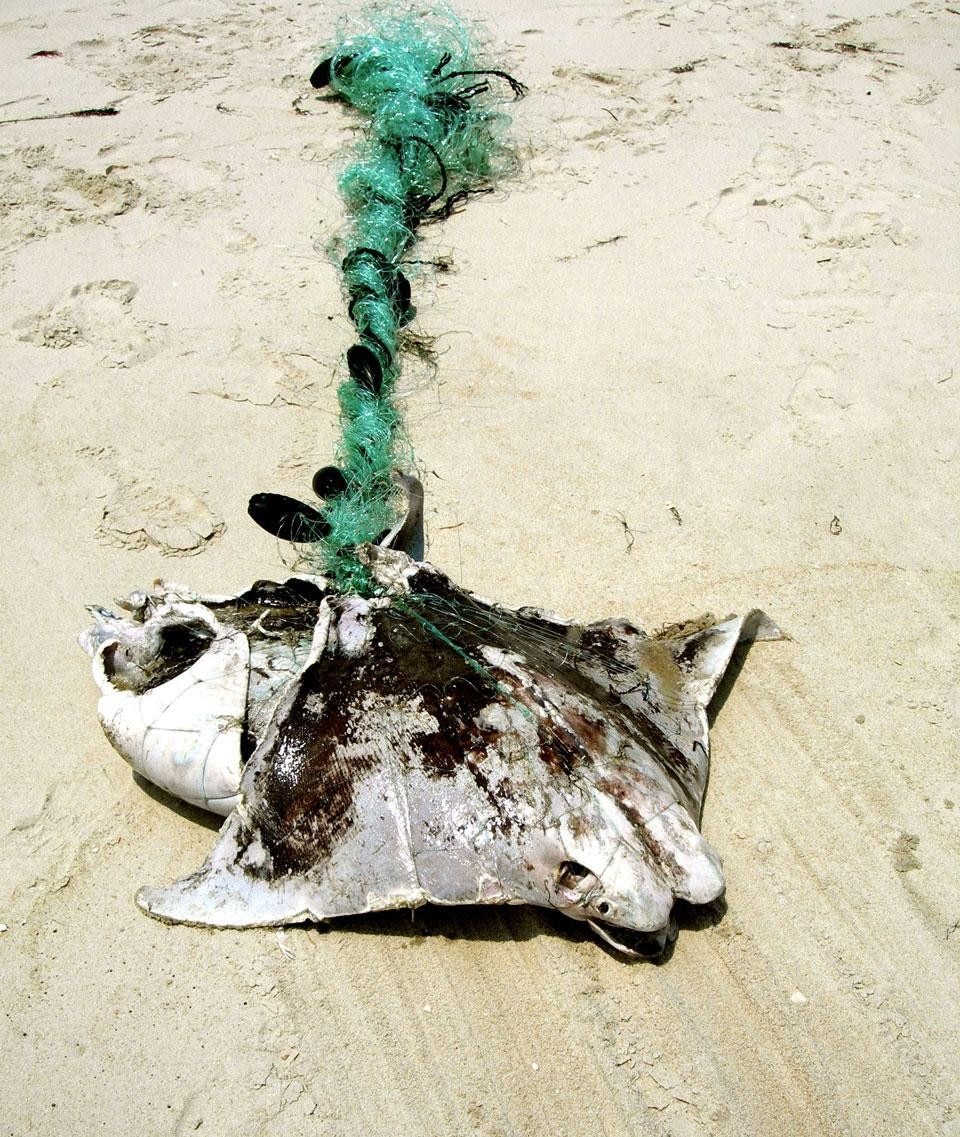
Having undertaken this journey through all the contradictions and paradoxes that revolve around the plastic in our everyday lives, I found myself with more doubts than certainties. I presume its aim is to inform and educate but I wonder whether this is the best way to do that. Above all, I asked myself: is it really possible that no one is working on a material that can replace plastic as we know it today? I admit that I would like to have seen an exhibition of solutions, even hypothetical ones but, instead, I emerge with a poetic sense of defeat. I must produce less waste —this rule has always applied —, but how can I live and work, which in my case means designing, without plastic? We have run out of time. I would have liked to find answers but, yet again, I have to make do and project all my hopes into the internet, with the intimate expectation of finding some response, maybe Made in Italy. Antonio Scarponi (@scarponio)
